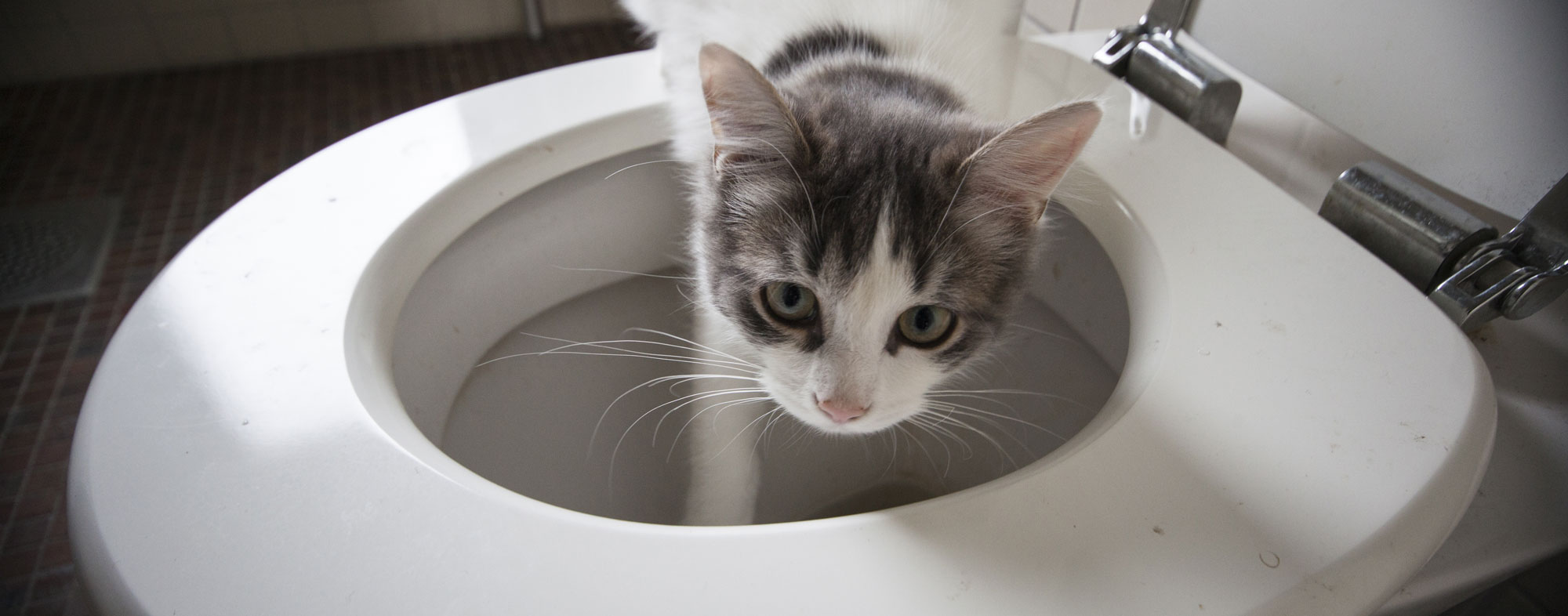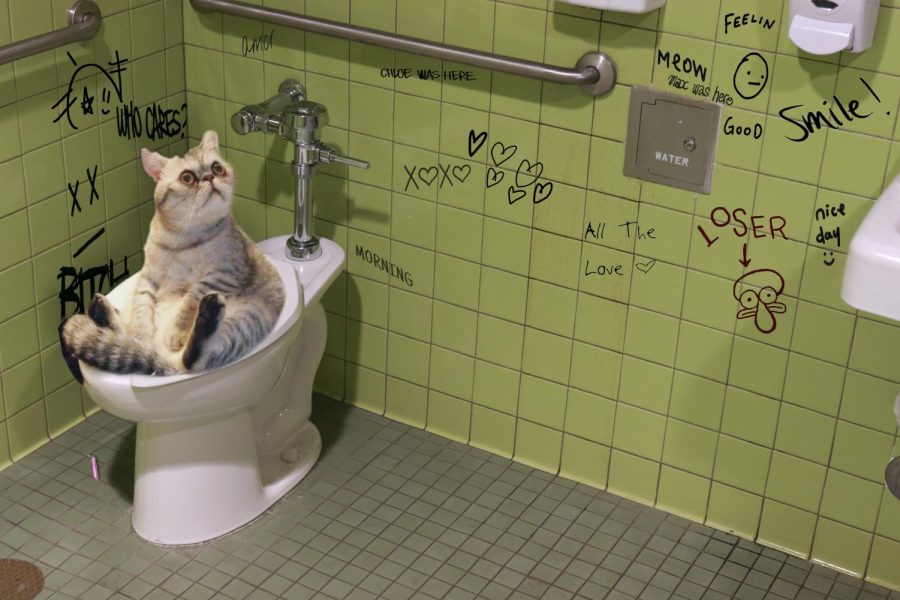Potential Issues of Flushing Cat Poop Down Your Toilet - Protect Your Pipes
Potential Issues of Flushing Cat Poop Down Your Toilet - Protect Your Pipes
Blog Article
Presented here down the page you can locate additional decent resources regarding Can You Flush Cat Poo or Litter Down the Toilet?.

Intro
As feline owners, it's necessary to be mindful of how we get rid of our feline good friends' waste. While it may seem convenient to flush pet cat poop down the bathroom, this practice can have damaging consequences for both the setting and human health and wellness.
Environmental Impact
Flushing feline poop presents unsafe virus and bloodsuckers right into the water, posturing a significant risk to aquatic environments. These pollutants can negatively affect marine life and concession water high quality.
Health Risks
In addition to environmental problems, purging pet cat waste can additionally posture health risks to humans. Feline feces might have Toxoplasma gondii, a bloodsucker that can create toxoplasmosis-- a potentially extreme illness, specifically for expecting ladies and individuals with weakened body immune systems.
Alternatives to Flushing
Luckily, there are much safer and much more responsible means to dispose of pet cat poop. Think about the following alternatives:
1. Scoop and Dispose in Trash
The most usual method of dealing with pet cat poop is to scoop it into an eco-friendly bag and throw it in the trash. Make certain to use a committed clutter inside story and deal with the waste promptly.
2. Usage Biodegradable Litter
Opt for naturally degradable cat trash made from products such as corn or wheat. These litters are eco-friendly and can be securely dealt with in the trash.
3. Bury in the Yard
If you have a yard, consider hiding pet cat waste in a designated location far from veggie yards and water resources. Make certain to dig deep adequate to prevent contamination of groundwater.
4. Set Up a Pet Waste Disposal System
Purchase a pet dog waste disposal system specifically developed for feline waste. These systems make use of enzymes to break down the waste, minimizing smell and ecological influence.
Verdict
Responsible pet ownership extends beyond providing food and shelter-- it additionally entails appropriate waste administration. By refraining from flushing pet cat poop down the bathroom and selecting alternate disposal methods, we can lessen our ecological impact and protect human health.
Why Can’t I Flush Cat Poop?
It Spreads a Parasite
Cats are frequently infected with a parasite called toxoplasma gondii. The parasite causes an infection called toxoplasmosis. It is usually harmless to cats. The parasite only uses cat poop as a host for its eggs. Otherwise, the cat’s immune system usually keeps the infection at low enough levels to maintain its own health. But it does not stop the develop of eggs. These eggs are tiny and surprisingly tough. They may survive for a year before they begin to grow. But that’s the problem.
Our wastewater system is not designed to deal with toxoplasmosis eggs. Instead, most eggs will flush from your toilet into sewers and wastewater management plants. After the sewage is treated for many other harmful things in it, it is typically released into local rivers, lakes, or oceans. Here, the toxoplasmosis eggs can find new hosts, including starfish, crabs, otters, and many other wildlife. For many, this is a significant risk to their health. Toxoplasmosis can also end up infecting water sources that are important for agriculture, which means our deer, pigs, and sheep can get infected too.
Is There Risk to Humans?
There can be a risk to human life from flushing cat poop down the toilet. If you do so, the parasites from your cat’s poop can end up in shellfish, game animals, or livestock. If this meat is then served raw or undercooked, the people who eat it can get sick.
In fact, according to the CDC, 40 million people in the United States are infected with toxoplasma gondii. They get it from exposure to infected seafood, or from some kind of cat poop contamination, like drinking from a stream that is contaminated or touching anything that has come into contact with cat poop. That includes just cleaning a cat litter box.
Most people who get infected with these parasites will not develop any symptoms. However, for pregnant women or for those with compromised immune systems, the parasite can cause severe health problems.
How to Handle Cat Poop
The best way to handle cat poop is actually to clean the box more often. The eggs that the parasite sheds will not become active until one to five days after the cat poops. That means that if you clean daily, you’re much less likely to come into direct contact with infectious eggs.
That said, always dispose of cat poop in the garbage and not down the toilet. Wash your hands before and after you clean the litter box, and bring the bag of poop right outside to your garbage bins.
https://trenchlesssolutionsusa.com/why-cant-i-flush-cat-poop/

We were shown that report about How to Dispose of Cat Poop and Litter Without Plastic Bags through a good friend on our other blog. Are you aware of someone else who is interested in the subject? Why not share it. Thank-you for going through it.
Go Company Report this page